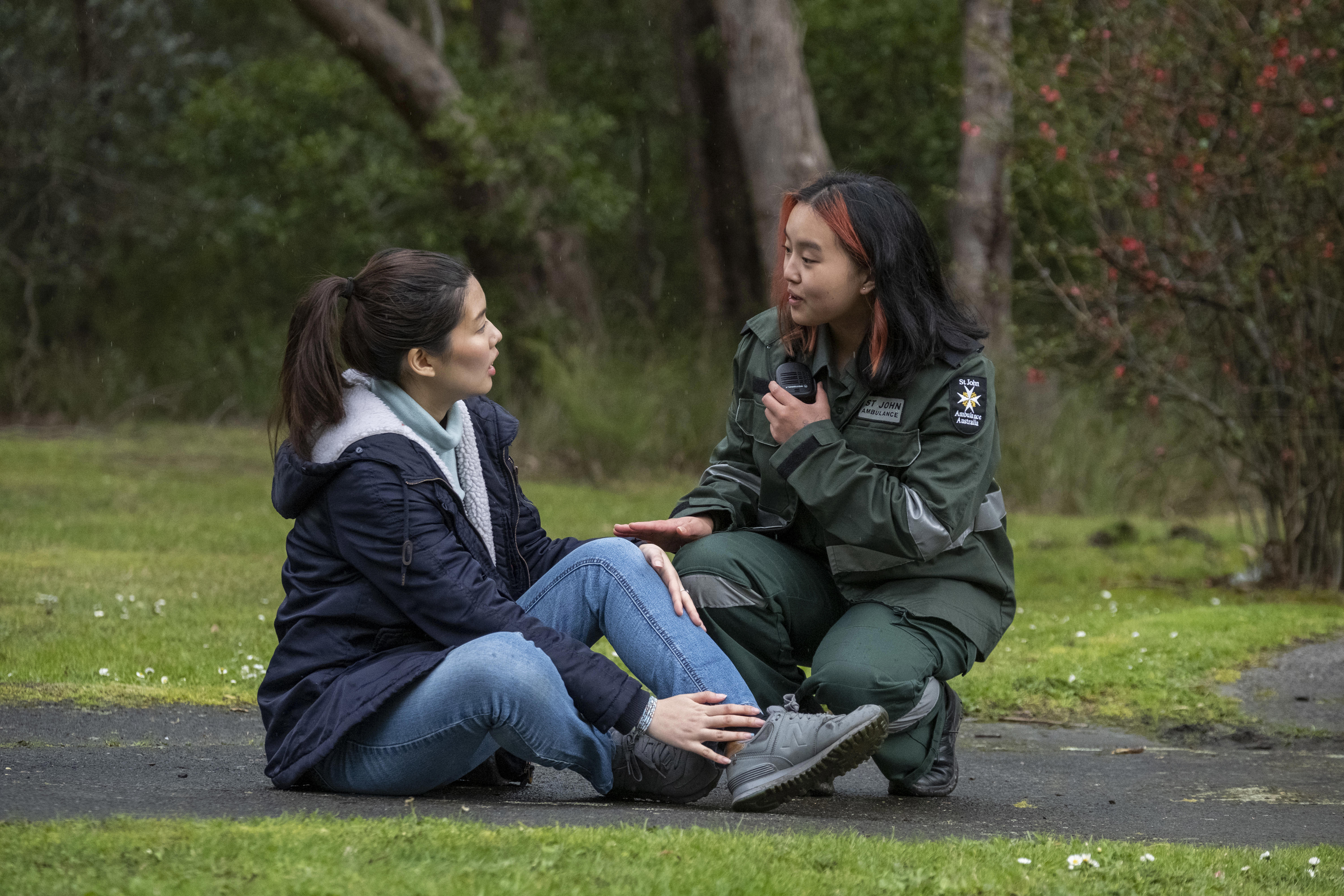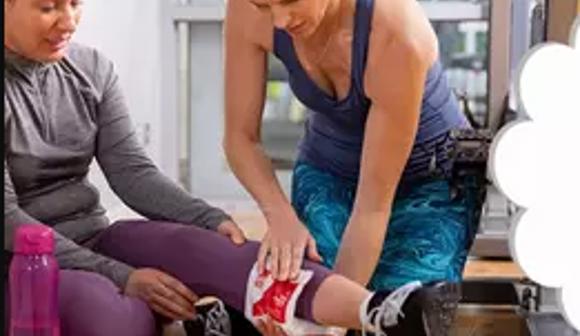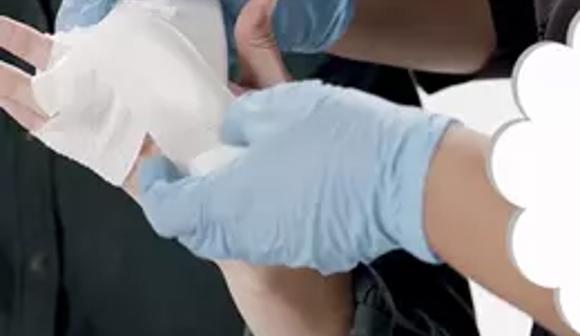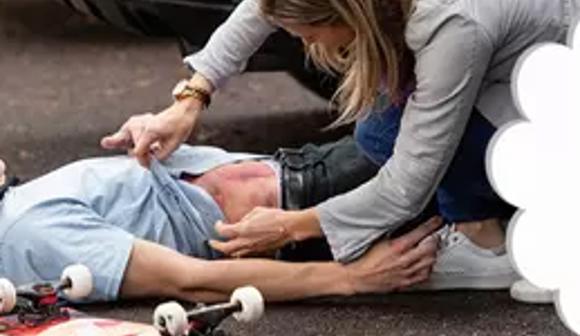Autumn Hazard: Slips, Trips, and Falls

Autumn is a beautiful season, with its crisp air and colourful foliage. However, it also brings a unique set of challenges: slips, trips, and falls are one of the primary causes of injury in autumn in Australia.
Working in the yard or walking outside can pose a risk, especially if appropriate precautions are not taken. Here’s how you can keep yourself and your family safe as we enter the cooler months.
Hazards & Risks

As the season changes, certain hazards and risks become particularly dangerous. Keep a look out for:
- Wet & slippery ground
Rain and damp weather are common in the autumn months, and wet surfaces can be extremely slippery. - Fallen branches & leaves
Leaves are one of the most significant fall hazards. When they accumulate on walkways, they can become slippery, especially when they are wet. Leaves can also conceal hazards, such as uneven pavement or debris, that can cause trips and falls. - Inappropriate footwear
Some examples of inappropriate footwear include high heels, flip flops, sandals, or shoes with smooth soles. These types of footwear can be dangerous on wet or slippery surfaces and can increase the risk of slips and falls. Shoes that are too tight or too loose can also cause discomfort and make it challenging to maintain balance, leading to trips and falls. - Poor lighting
Another autumn hazard is daylight savings time, which results in darker mornings and earlier sunsets. Poor visibility can make it difficult to see hazards, such as uneven pavement, potholes, or debris.
Types of Injuries

Hazards and risks, if not mitigated, can lead to injury. Some common types of injuries include:
- Sprains & strains
A sprain happens when the ligaments connecting joints stretches and tears, while a strain occurs when the fibres in a muscle or tendon tears. This can be caused even by a seemingly minor trip. Read more about managing sprains and strains here. - Cuts & scrapes
If you slip, trip, or fall near a sharp object or rough surfaces, you are likely to sustain some cuts or scrapes. Left untreated, these open wounds could become infected, leading to serious concerns. Here’s how to provide effective first aid to various types of wounds. - Broken bones
When trying to break a fall, your bones might not be able to bear the load of your body weight, resulting in broken bones or fractures. This is a painful injury that could lead to permanent deformity or lifelong disability if not treated properly. Read up about first aid for fractures here. - Head injuries
In a serious fall, you could impact your head – especially if falling from height, such as from a ladder while pruning trees, or down the stairs. Head injuries are a serious concern and can be life-threatening. Here are some lifesaving tips for head injuries you should know.
Precautions

To avoid slipping, tripping, or falling, ensure the following:
- Take extra care when walking outdoors
Pay attention to where you are walking and look out for any potential hazards, such as wet leaves, uneven surfaces, or debris on the ground. Walking while distracted, such as using a phone or listening to music, can increase the risk of accidents. Focus on where you are walking and avoid distractions that can take your attention away from potential hazards. - Keep your garden, driveway, and walkway dry and clear of leaves and debris
Rake leaves regularly, trim trees and bushes, repair cracks and uneven surfaces, and keep gutters clean to prevent water build-up. Installing slip-resistant mats in moisture-prone areas can also help prevent accidents. - Use appropriate footwear
Choose shoes with good traction to provide a solid grip on wet or slippery surfaces. Shoes with non-slip soles, such as rubber or silicone, can help prevent slips and falls. It's also important to choose shoes that are comfortable and fit well. Shoes that are too tight or too loose can cause discomfort and lead to a loss of balance. - Keep your home well-lit
As the days get shorter, and the sun sets earlier, your home needs adequate lighting to improve visibility and enhance safety. It's crucial to ensure that walkways and other outdoor areas are well-lit, especially during peak commuting hours. You could also consider installing motion-activated lights and additional outdoor lighting.
By following these tips and taking the appropriate precautions, you can reduce the risk of slips, trips, and falls — and safely enjoy the outdoors during the autumn months!

Bitesize Fractures, Sprains, Strains, Dislocations
Learn how to identify and manage first aid to a casualty suffering a sprain, strain or dislocation in this interactive online course.

Bitesize Wounds and Bleeding
Learn how to successfully provide emergency first aid for a casualty suffering wounds or bleeding in this interactive online course.

Bitesize Head, Neck, Spinal, Chest and Abdominal Injuries
Learn how to successfully provide emergency first aid for a casualty suffering a suspected head, neck, spinal, chest or abdominal injury in this interactive online course.
